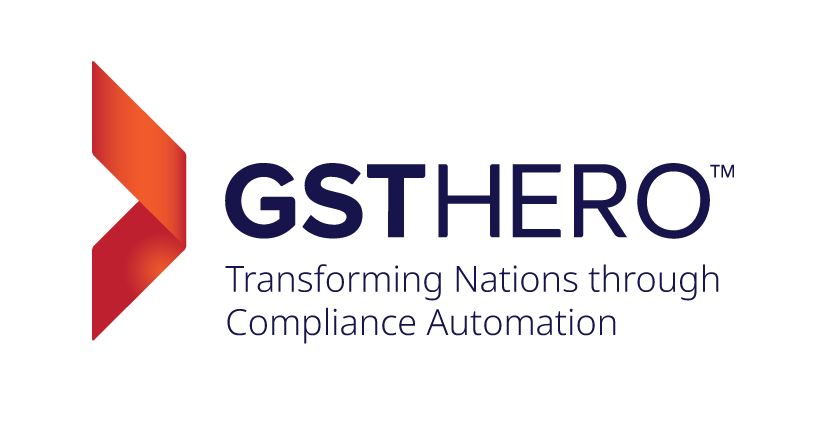Implementing Goods and Services Tax has made positive and negative impacts on the manufacturing sector. However, slowly and steadily, the manufacturing sector is adopting and also learning to deal with the pros and cons of GST, having handled various GST litigations.
Consequently, the ‘Make in India’ initiative by the Government of India strongly encourages companies to develop, manufacture as well as assemble products that are made in India. Since the initiative, the manufacturing sector in India has seen steady growth, even though the litigation regulations in the sector have complicated the process for many businesses.
To simplify that a bit, this article takes you to the basics of GST litigation, dealing with various litigation trends in the manufacturing sector (post-GST), and litigation handling tips to prevent tax disputes/non-compliance.What is the GST litigation process?
The general meaning of the term ‘litigation’ is that it is a procedure for taking a matter/ issue in a court of law.

Post GST registration, each and every registrant needs to take several actions like claiming Input Tax Credit under GST (ITC); filing GST return online; claiming GST refunds; etc. Happening of any type of mishap while performing such actions later on takes the shape of litigation. Further, even a GST audit can be the cause of the initiation of GST litigation.
In general, the different stages of GST litigation are highlighted hereunder
- Issuance of show cause notice by the department;
- Filing of defence reply to the show cause notice by the recipient (taxpayer);
- Passing of an assessment order by the department (adjudicating authority);
- If aggrieved, the taxpayer can file an appeal before the First Appellate Authority;
- Passing of an appropriate order by the First Appellate Authority;
- Again aggrieved, the taxpayer can file an appeal before the Appellate Tribunal;
- Passing of an order by the Appellate Tribunal;
- If aggrieved and only if the matter involves the question of law, the taxpayer can file an appeal before the High Court;
- The passing of an order by High Court;
- Lastly, if aggrieved and only if the matter involves the question of law, an appeal can be filed before the Supreme Court;
- Passing of final order by the Supreme Court.
5 Post GST Litigation Challenges Faced by the Manufacturing Sector
GST litigation took its own pace after the implementation stage. Other than some common issues like failure to obtain GST registration, late filing of GST return, and late payment/non-payment of tax, some specific GST litigations faced by the manufacturing sector are discussed hereunder:

- Misclassification of goods
Misclassification of goods which ultimately resulted in lower tax payments or resulted in claiming of higher exemption has been a common issue of litigation under GST. - Non-compliance with E-Way bill regulations
Non-compliance with the e-way bill regulations has also led to various litigations under GST. - Mismatch of Input Tax Credit
Litigations are even faced because of a mismatch of Input Tax Credit claimed via return in GSTR-3B vis-à-vis Input Tax Credit reflected in auto-populated form GSTR-2A/ 2B. - Non-compliance by Supplier
There have been numerous litigations due to non-compliance by the supplier/dealer. Various show cause notices are issued to the recipient when –- Supplier has failed to furnish the details of outward supplies via Form GSTR-1;
- Supplier has wrongly furnished the details of outward supplies via Form GSTR-1;
- Supplier fails to deposit the tax via Form GSTR-3B; etc.
- Fake or Non-existent Suppliers
Weird GST litigations were also trended, wherein, the purchaser/ recipient of the goods received show cause notices as and when the respective supplier was found to be either bogus or non-existent.
GST litigation handling tips for the manufacturing sector
Following are some of the GST litigation handling tips which will enable the manufacturing sector to handle GST litigation more effectively
Synopsis
Handling of GST litigation is quite complex and challenging. However, being a GST registrant and not joining hands with GST litigation is certainly next to impossible. Thus, along with understanding and tracking all the manufacturing activities, the manufacturer also needs to familiarize itself with GST law.
Notably, the chances of GST litigation can be reduced by adopting effective GST management and thoroughly comprehending the GST litigation process and framework.

Claim upto 100% Input Tax Credit
Easiest GSTR 2B Reconciliation With Reverse ERP Integration

